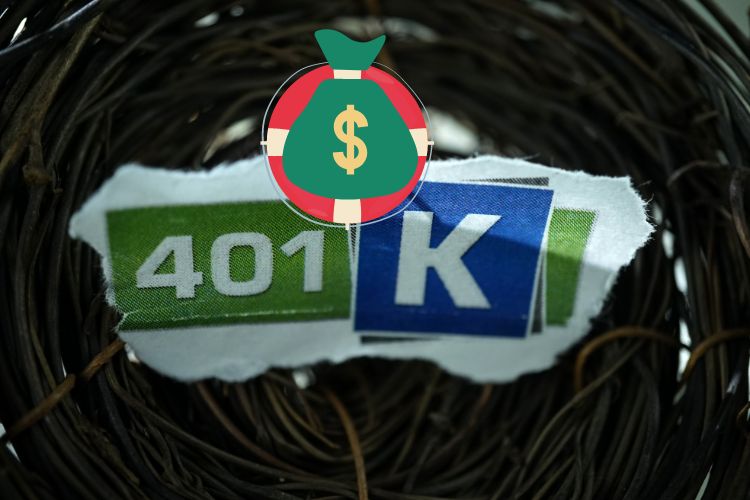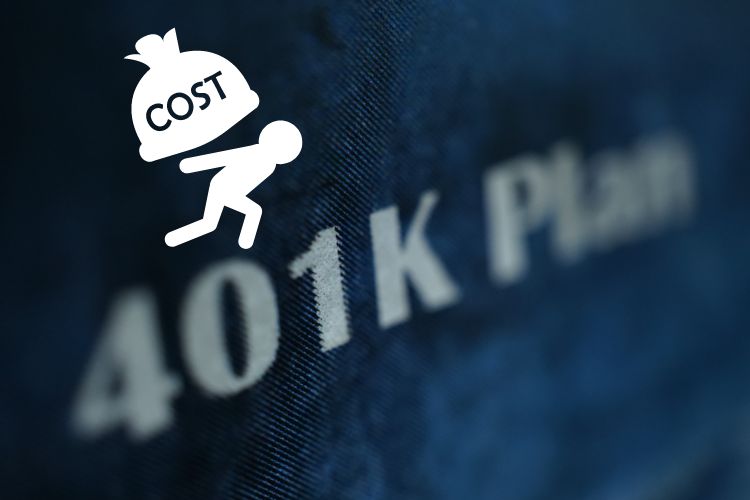Many people are familiar with regular 401(k) plans, but the Solo 401(k), which is less well-known, has its own benefits and things to think about that need to be understood better. Solo 401(k) plans are appealing to people who work for themselves or own small businesses.
But it takes a nuanced method to understand its benefits, limitations, and potential problems. In this piece, we go into more detail about how Solo 401(k) plans work.
Part 1: Robust Benefits

Generous Contribution Limits:
With Solo 401(k) plans, the total of employee and company contributions could reach up to $66,000 in 2021, or $73,500 for those 50 or older. This is much more than most other ways to save for retirement. This amount may be changed by the IRS every year.
Powerful Tax Advantages:
Contributions to a traditional Solo 401(k) lower your taxed income for the year, which could save you a lot of money on taxes. If you invest those savings over time, they can have a big effect on your long-term finances.
The Roth 401(k) Option:
The Solo 401(k) can also have a Roth part, which lets you make payments after you’ve already paid taxes. You won’t get a tax break for the contributions, but qualified withdrawals from a Roth Solo 401(k) are tax-free. This is a huge benefit for people who expect to be in a higher tax rate when they retire.
Loan Provisions:

Solo 401(k) plans may have loan provisions that let you access your money before you reach retirement age without paying penalties, as long as you follow the rules for paying back the loan.
Asset Protection:
When a person files for bankruptcy, the assets in their Solo 401(k) plans are usually safe from creditors. This gives them an extra layer of financial security.
Part 2: Limits that are necessary
Solo 401(k) plans are only for companies where the only worker is the owner’s spouse. If your business grows and you hire more people, you will need to switch to a standard 401(k) or another type of plan.
Administrative Duties:

Solo 401(k) plan holders have more administrative duties than holders of traditional 401(k)s. Plan owners must report Form 5500-series return to the IRS when their assets reach $250,000. They should also keep careful track of their payments to avoid overfunding, which could lead to penalties.
Deadlines and Timelines:
To get tax benefits for a certain year, a Solo 401(k) must be set up by the end of that year. Other plans, like SEP-IRAs, can be set up and paid during the next tax season.
Part 3: Possible Drawbacks

Prohibited Transactions:
The IRS has tight rules about what you can’t do with your Solo 401(k). If you break the rules, like using your 401(k) money for personal loans or investments, you could have to pay a lot in taxes and fines.
Costs:

Some providers set up Solo 401(k) plans for free, while others may charge for setup and ongoing management. It’s important to compare these prices to the benefits of the plan.
Absence of Fiduciary Oversight:
Solo 401(k) plan holders are solely responsible for their investment choices. Some plan users might find it hard to manage their investment portfolio well without the help of a third-party fiduciary.
Conclusion
Solo 401(k) plans are an effective way for self-employed individuals and small business owners to save for retirement. Their high contribution ceilings and tax benefits can help you prepare for retirement in a big way.
But the complexity of these plans and the responsibilities they involve make it important to understand them well and plan carefully.
Getting help from a tax expert or financial advisor can be a great way to figure out if a Solo 401(k) fits with your financial goals and situation.
These experts can also help you figure out the complicated IRS rules and administrative tasks that come with running a Solo 401(k) plan.
Remember that the key to a safe financial future is to plan ahead now.

